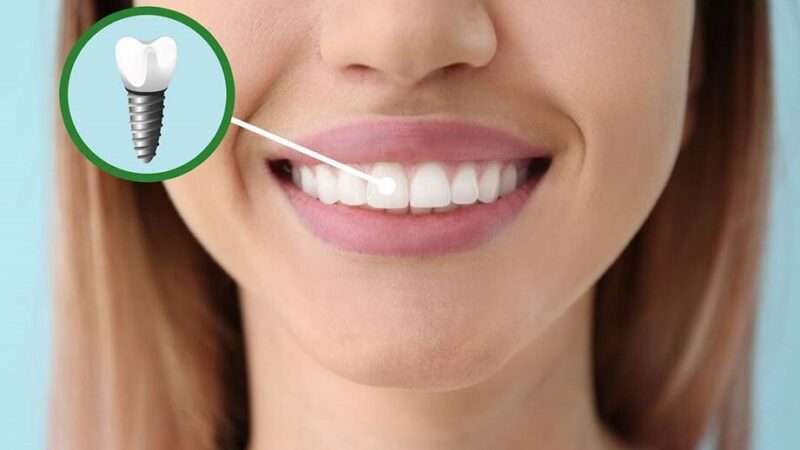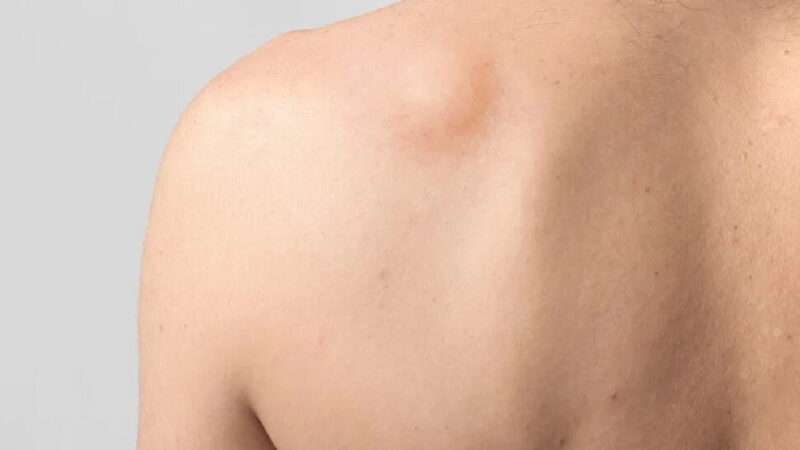What Is The Appearance Of A Yeast Diaper Rash?
Diaper rashes are a common occurrence for people who regularly wear diapers. In regular circumstances, diaper rashes result from skin irritation or dermatitis, which presents itself in the form of patches of inflamed skin at the bottom. While it can occur for various reasons such as wet diapers, infrequent change of diapers, skin sensitivity, chafing, or irritant materials on the diapers, in some instances, the rash may arise from a yeast infection. Nonetheless, persons who regularly use diapers must anticipate this issue and devise strategies for fixing it.
Yeast and Diaper Rashes
According to the Chiang Rai Times |As alluded to above, diaper rashes are common for most people who use diapers. Whether you want to handle an infant diaper rash or an adult diaper rash, you need to identify the cause of the diaper rash before you can begin treating it. Before addressing treatment issues, it is crucial to understand diaper rashes and yeast and the interplay.
In most instances, diaper rashes are a form of contact dermatitis arising from irritated skin. The irritation can create sore patches on the skin, which is a sign of inflammation and irritation. However, as you shall see below, not all diaper rashes are yeast-related.
Yeasts are a form of eukaryotic, single-celled organisms which are part of the fungus kingdom. They have a strong relationship with many other fungi and bear similar characteristics in both physical properties and effects. The human body has naturally occurring yeast which has beneficial attributes. However, an overgrowth of yeast in the body could lead to an infection and have numerous effects on the skin, including rashes.
Candida albicans yeast infection could lead to a diaper rash, especially when there is overgrowth or infected feces in the diaper. Thus, while ordinary diaper rashes caused by skin irritation, friction, or discomfort caused by diapers against the skin are common, where the Candida albicans yeast overgrows on the irritated skin arises, it could cause a yeast diaper rash or Candida diaper dermatitis.
Identifying A Yeast Diaper Rash
Ordinary diaper rashes and skin irritation, and yeast diaper rashes could have some similar characteristics. However, since yeast diaper rash and ordinary diaper rash have different intervention requirements, you need to distinguish between the two before you can treat them effectively.
The first indication of a yeast diaper rash is its appearance. While a typical diaper rash is light pink and presents in dry, scaly, and smooth skin, the yeast diaper rash infection is deep red and purple, with shiny, oozy, and cracked skin that has a lot of bumps and pimples. This appearance is distinctly unique to diaper rashes and could indicate that the rash is infected.
Secondly, while a typical diaper rash may appear on the general diaper area, such as the buttocks, which indicates that the skin is entirely irritated and inflamed, yeast diaper rashes are localized to a specific location where the infection has occurred. For example, the infection could occur on the folds of the skin in the diaper area and near the groin. Additionally, the inner regions of the legs and the genital region could harbor the yeast-infected diaper rash.
Thirdly, another distinguishing factor between the ordinary diaper rash and the yeast-infected diaper rash is the population of the rash. For normal diaper rashes, the rash could be one large spot around the diaper region, which is characteristic of the general irritation of the area. This is quite different from the yeast diaper rash. For the yeast diaper rash, the infection is sparsely populated in several small spots around the skin in the diaper region. Thus, you may have to observe the region, in general, to note whether it is a yeast infection or a simple diaper rash.
Treatment of Yeast Diaper Rashes
There are two main ways of treating a diaper rash, a home remedy or through a doctor’s prescription in instances where the symptoms are excessive and persistent. If you want to try out some home remedies, there are many options to try out as you help relieve the discomfort and infection.
Before using any medication and supplements, you may need to try preventive measures, such as keeping the area clean and dry. This will help reduce the spread of the yeast and keep other infections at bay. Additionally, changing the diaper frequently can help reduce any adverse effects. As part of the treatment regimen, you can also quit using diapers for a while to help with the infections. Over-the-counter antifungal cream can also help with the problem and nip it in the bud. Lastly, avoid irritants such as perfumed powder and creams, as they may exacerbate the problem.
Final Words
Identifying the yeast diaper rash requires you to constantly observe the skin whenever you notice any discomfort in the person wearing the diaper. As such, you can begin the treatment as early and as soon as possible to help the problem get better. Remember to visit the doctor in case the symptoms persist.






